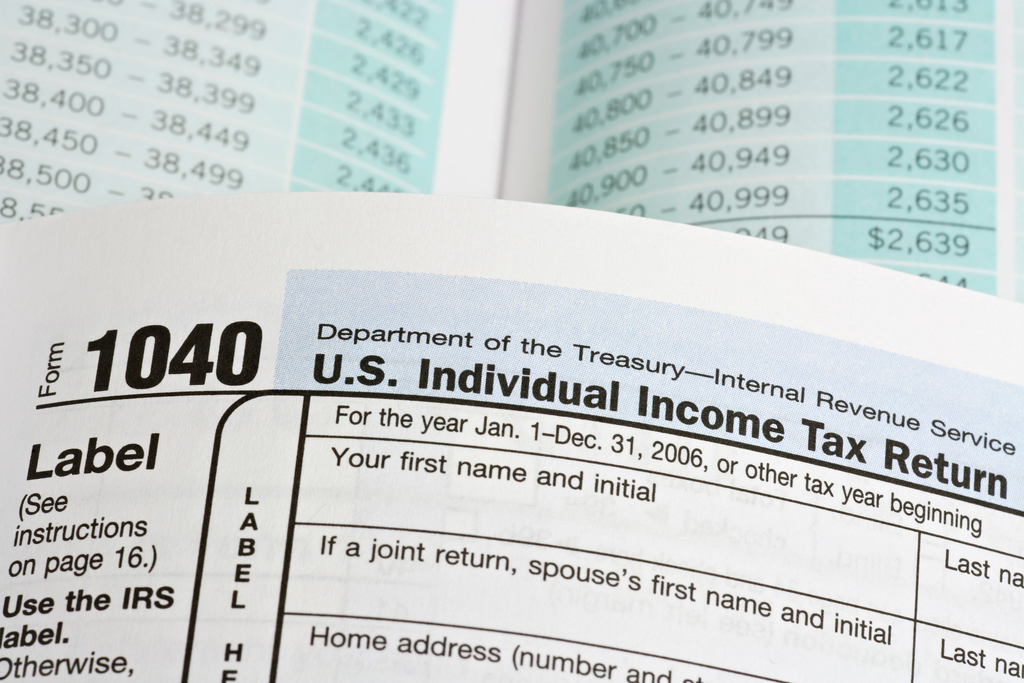The Internal Revenue Service says its Direct File program has added 12 new states and will be available for the 2025 tax filing season. It now has double the number of states than last year’s pilot, and the agency says it will cover a wider range of tax situations, greatly expanding the number of taxpayers eligible to use the free e-filing service.
State and eligibility expansion
For the 2025 tax filing season, eligible taxpayers in 24 states will be able to use Direct File: 12 states that were part of the pilot last year, plus 12 new states where Direct File will be available in the upcoming filing season.
During the pilot last year, Direct File was available in Arizona, California, Florida, Massachusetts, Nevada, New Hampshire, New York, South Dakota, Tennessee, Texas, Washington State and Wyoming. For the 2025 tax filing season, Direct File will also be available in Alaska, Connecticut, Idaho, Kansas, Maine, Maryland, New Jersey, New Mexico, North Carolina, Oregon, Pennsylvania and Wisconsin.
In 2025, more than 30 million taxpayers in those 24 states will be eligible to use Direct File. Additional states could still join Direct File in 2025, and several states have expressed interest or announced that they will participate in Direct File in 2026.
In addition to doubling the number of states where Direct File will be available, the service will also cover a wider range of tax situations for the 2025 filing season. During the pilot last year, Direct File covered limited tax situations, including wage income reported on a W-2 form, Social Security income, unemployment compensation and certain credits and deductions. For the 2025 filing season, Direct File will support 1099’s for interest income greater than $1,500, retirement income and the 1099 for Alaska residents reporting the Alaska Permanent Fund dividend.
During the pilot, Direct File supported taxpayers claiming the Earned Income Tax Credit, Child Tax Credit and Credit for Other Dependents. This year, Direct File will also cover taxpayers claiming the Child and Dependent Care Credit, Premium Tax Credit, Credit for the Elderly and Disabled, and Retirement Savings Contribution Credits. In addition to covering taxpayers claiming the standard deduction and deductions for student loan interest and educator expenses, this year, Direct File will support taxpayers claiming deductions for Health Savings Accounts. Over the coming years, the IRS will gradually expand Direct File’s scope to support most common tax situations, focusing – in particular – on tax situations that impact working families.
“We’re excited about the improvements to Direct File and the millions more taxpayers who will be eligible to use the service this year,” said IRS Commissioner Danny Werfel. “Above all, our goal is to improve the experience of tax filing itself and help taxpayers meet their obligations quickly and easily. Direct File will be a critical part of achieving that goal as we expand and improve the service.”
Direct File service improvements
Direct File is a web-based service that works on mobile phones, laptops, tablets or desktop computers. It guides taxpayers through a series of questions to prepare their federal tax return step-by-step. Last year, thousands of Direct File users got help from IRS customer service representatives through a live chat feature in English and Spanish. Once taxpayers have completed their federal tax return, the Direct File system automatically guides them to state tools to complete their state tax filings.
For the 2025 filing season, Direct File will include new features to make filing taxes quicker and easier. Direct File users can try a new chat bot to help guide them through the eligibility checker. Live chat will again be available in English and Spanish, and users can opt into additional authentication and verification, which will allow customer service representatives to provide more information.
“User experience, both within the Direct File tool and the integration with state tax systems, will continue to be the foundation for Direct File moving forward,” Werfel said. “We will focus – first and foremost – on continuing to get it right. Accuracy and comprehensive tax credit uptake will be paramount concerns to ensure taxpayers file a correct return and get the refund to which they’re entitled.”
Direct File’s role in the tax system
Following a successful pilot during the 2024 tax filing season, where more than 140,000 taxpayers across 12 states used Direct File, the IRS undertook a comprehensive review of the service and its role in the broader tax system.
Taxpayers across the country told the IRS they want more no-cost electronic filing options. The IRS heard directly from hundreds of organizations across the country, more than 100 members of Congress, individual Direct File users and from those that are interested in using Direct File. Millions of taxpayers who did not live in one of the12 pilot states visited the Direct File website to learn more about the service or asked live chat assistors to make Direct File available in their state.
In May 2024, the IRS announced that Direct File would be a permanent tax filing option, and the service is working with all states interested in participating. In the coming years, Direct File will continue to be one option among many from which taxpayers can choose, and it will complement important options, such as preparation by tax professionals or through commercial software providers, who are critical partners with the IRS in delivering a successful tax system for the nation.
The IRS also noted another side effect of the Direct File pilot was increased attention on all free filing options, including an increase in usage of Free File. The IRS remains committed to the ongoing relationship with Free File, Inc., which has served taxpayers for two decades in the joint effort to provide free commercial software. Last spring, the IRS signed a five-year extension with industry to continue Free File. As the IRS works to expand Direct File, it will work to strengthen all free filing options for taxpayers, including Free File, the Volunteer Income Tax Assistance program (VITA) and the Tax Counseling for the Elderly program (TCE) – all of which saw increased usage and interest last year.
“Direct File is an important component of a stronger, more comprehensive tax system that gives taxpayers electronic filing options that best suit their needs,” Werfel said. “It is a critical tool in the IRS’ effort to meet taxpayers where they are, give them options to interact with us in ways that work for them and help them meet their tax obligations as easily and quickly as possible.”
Direct File will begin accepting tax returns when the filing season opens.
Thanks for reading CPA Practice Advisor!
Subscribe Already registered? Log In
Need more information? Read the FAQs




